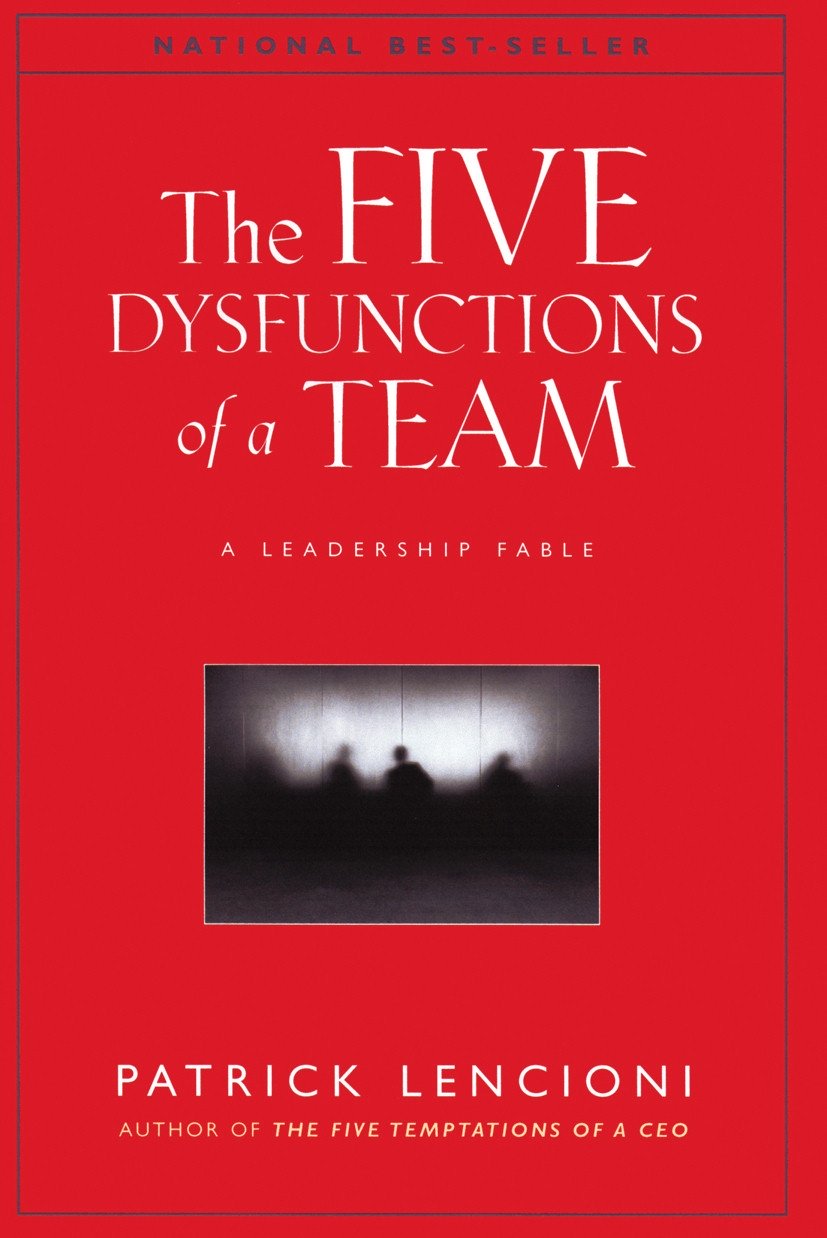Situational Leadership Theory
Situational Leadership Theory hinges on two dimensions: leader style and follower maturity.
There are four (4) leadership styles that correspond with a follower's maturity or readiness level, which relates to their ability to complete an assigned task.
The success of the model rests on matching the appropriate leader style with follower readiness.
Situational Leadership Theory
Situational Leadership Theory was developed by Paul Hersey and Ken Blanchard. They conclude that "the right leadership style will depend on the person or group being led."
Leadership style is a function of these two behaviors:
|
Leadership = |
Task Behavior + Relationship Behavior |
Task relates telling or showing others what to do or how to do something specific. Relationship relates to supporting others.
Since leader style is a key component of this model, we will explore the four styles in more detail. They are:
- Telling or Directing
- Selling or Coaching
- Participating or Supporting
- Delegating

Style 1: Telling
Telling or directing is described as "High Task & Low Relationship." It is prescriptive in nature; the leader gives specific directions/instructions.
This style is used when the follower is inexperienced or low in ability, as it relates to what is required in the situation.
For instance, if a follower is responsible for completing a project or task that is relatively new and/or complex in nature, the leader should use this style.
In this style, the leader provides close supervision.
Style 2: Selling
Selling helps the follower "buy-in to the process." It involves coaching or guiding, and is "High Task & High Relationship."
The leader provides direction and supervision, but s/he also provides a healthy dose of encouragement.
The leader encourages the follower to be involved, serves in the role of coach, and takes time to answer questions and explain decisions.
Style 3: Participating
Participating or supporting is "Low Task & High Relationship." The leader enters into a more collaborative role with the follower.
Both parties take part in setting objectives. There is "shared decision making" which means the leader involves the follower in decision-making.
A more expansive description of participative management is shown here.
Style 4: Delegating
Delegating is just that. The follower has the freedom to determine how the task/project is to get done.
This style is used when the follower is capable of delivering and confident that s/he can do so.
The follower is encouraged to take as much responsibility as they can handle.
Please note: Delegating does not mean "dumping" tasks you do not like or want to do.

Want To Know More?
It is very easy to rely on one style. But effective leaders step out of their comfort zones and lead with style. They master the style that matches the follower's readiness level.
Now that we have explored situational leadership styles, lets take a deeper look at how this theory works: here.
Improve Your Relationship with Your Boss
Are you looking to improve your relationship with your boss? If so, the Boss Relationship Worksheet will help you better understand and communicate more effectively with your immediate supervisor.
To download your copy, submit your information on the form below.
After completing the Boss Relationship Worksheet, you will find that the following will prove helpful in showing you how to cultivate a better working relationship with your boss:
 |
I published my first book and I am beyond excited.
Get your FREE copy of Called to Lead!
ORDER PRINT HERE
Leaders don't
create
followers.
Leaders
create
other
leaders.
- Tom Peters













